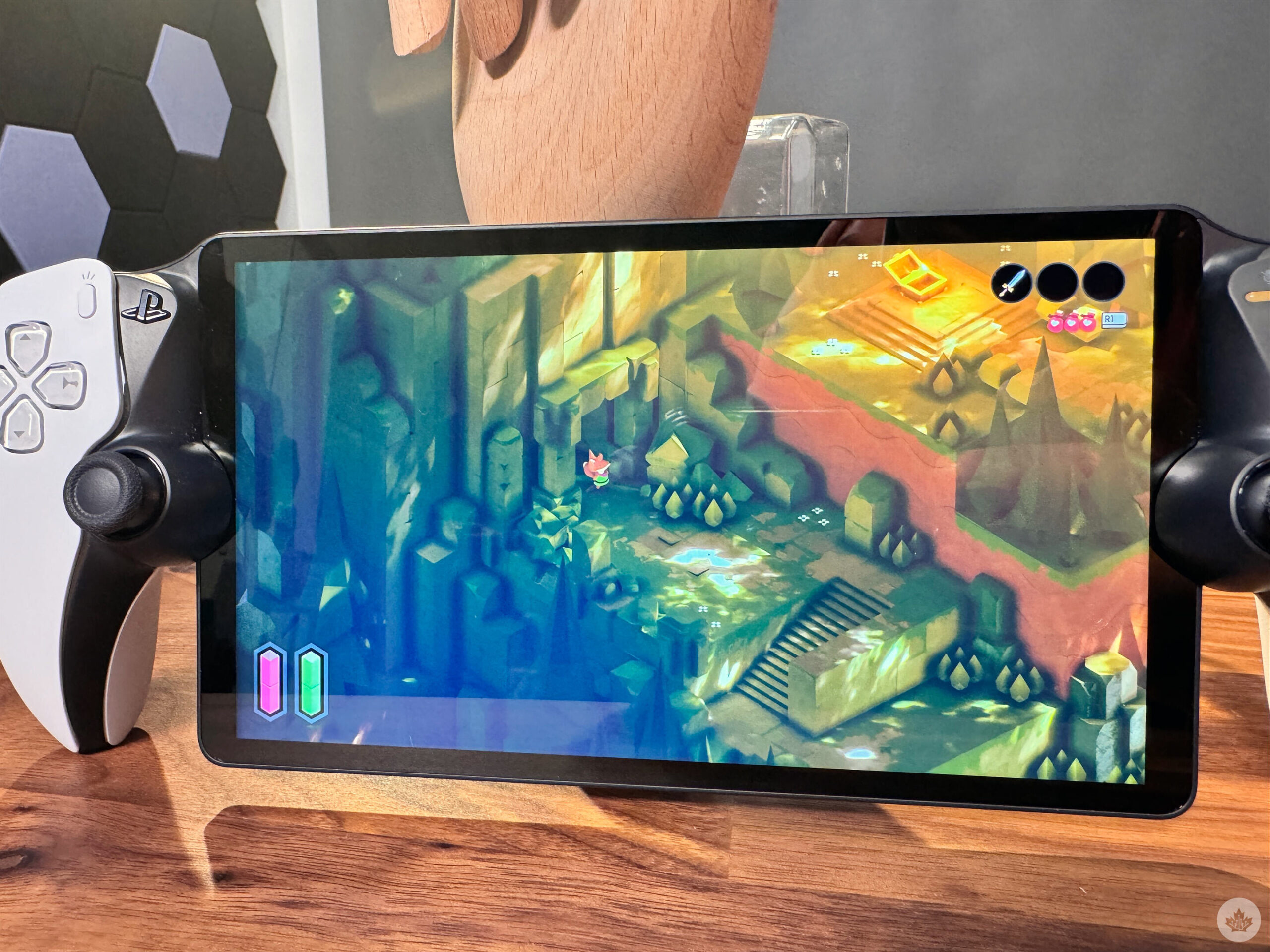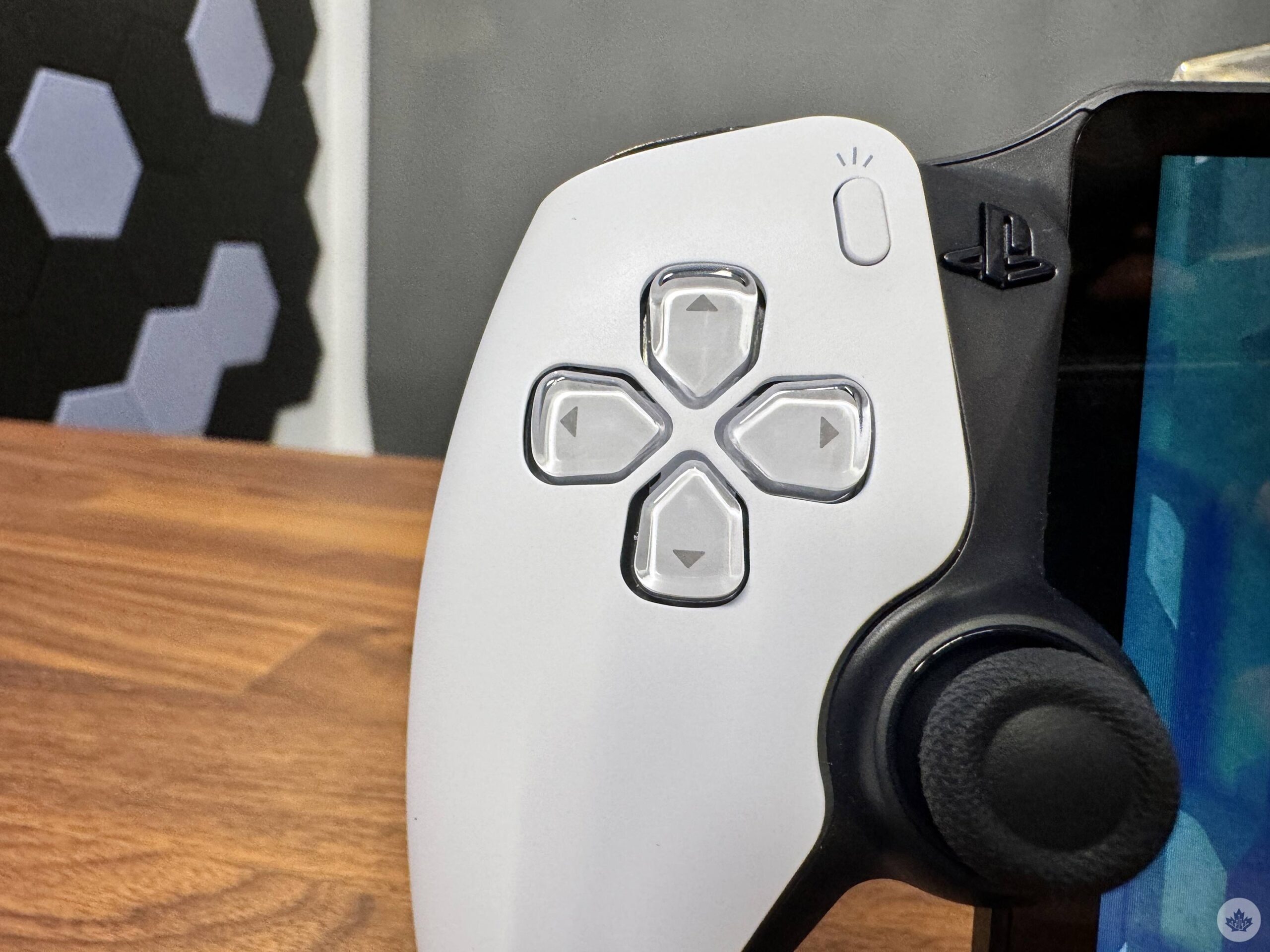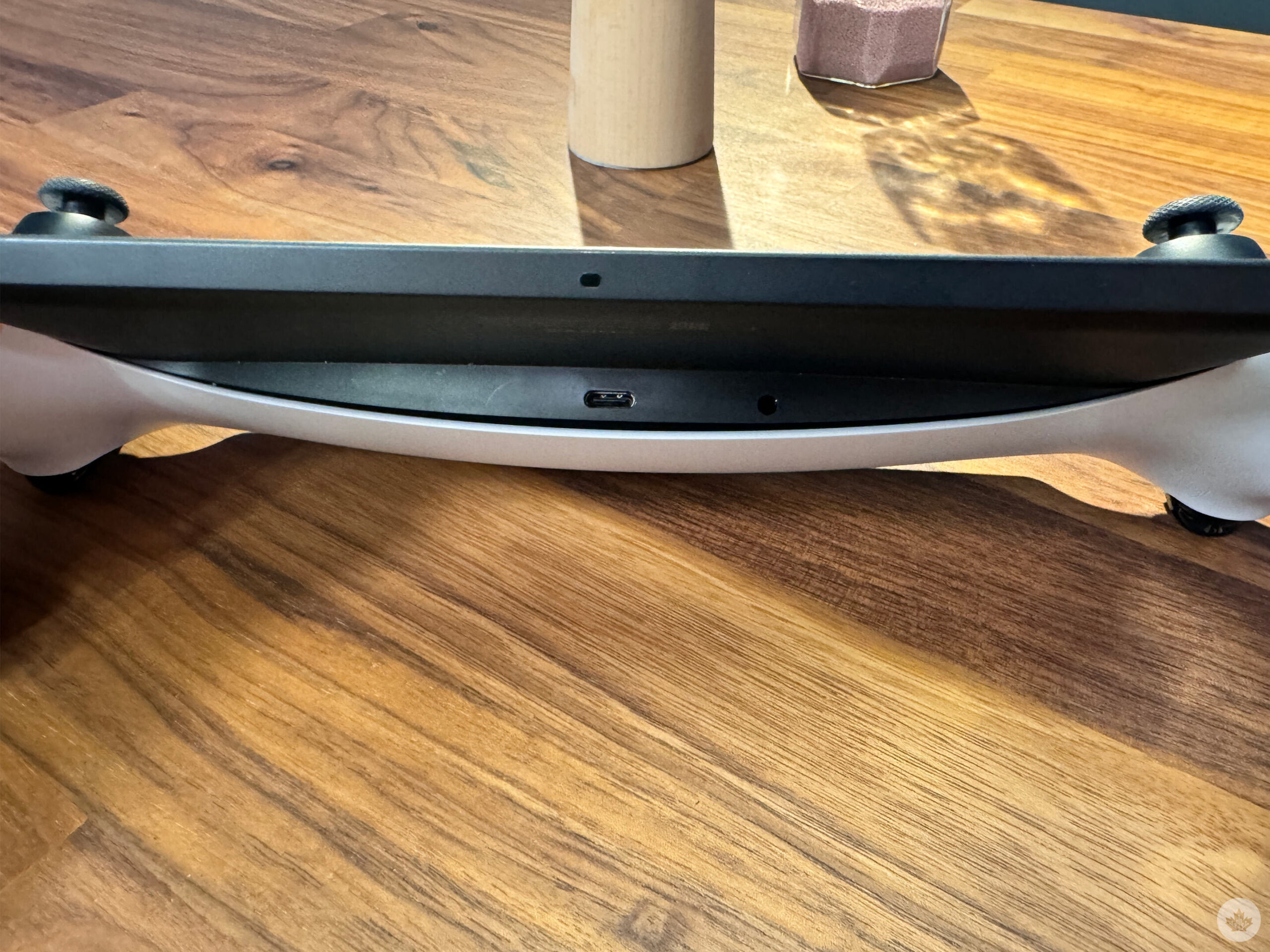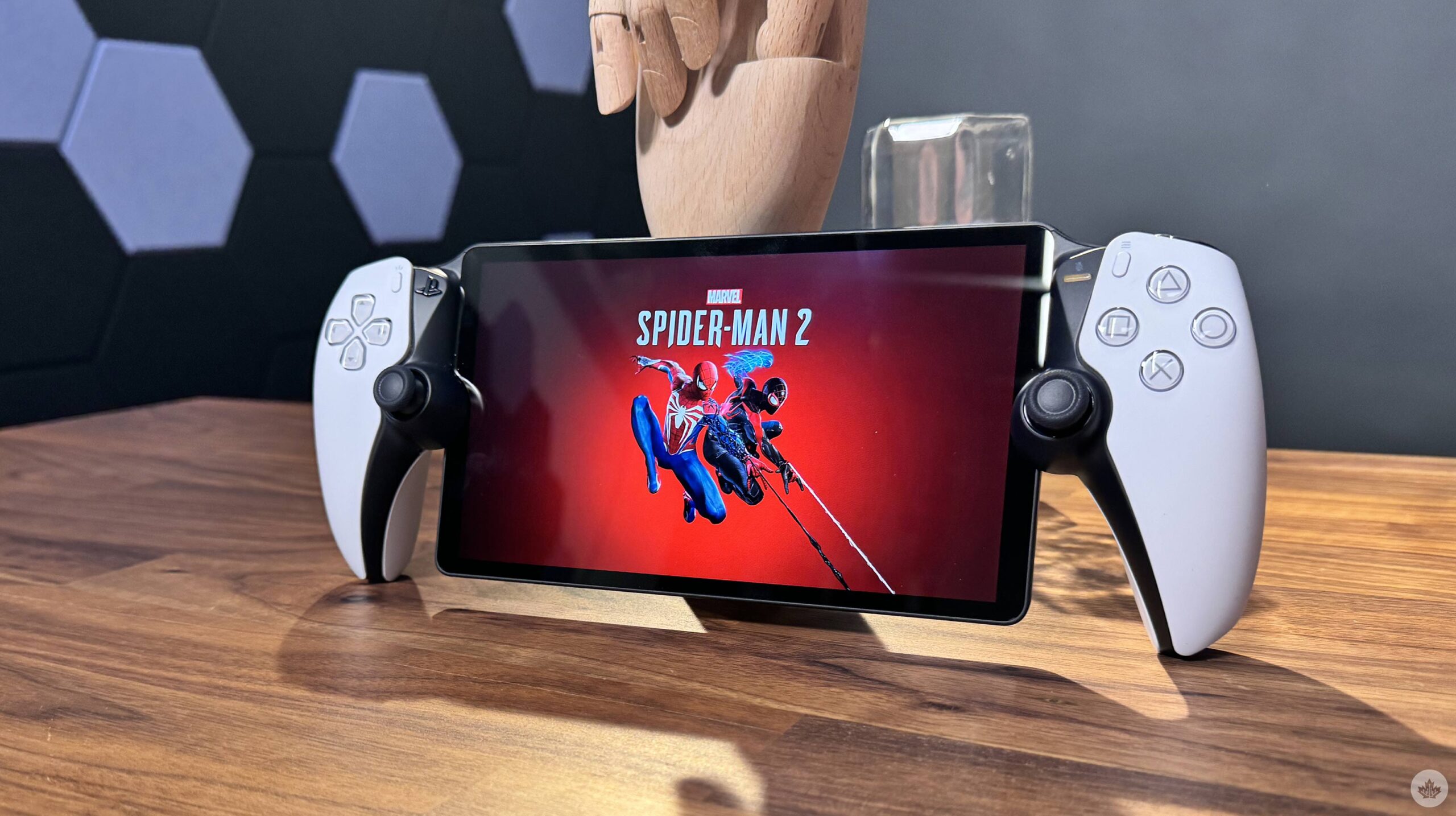
Have you heard of Sony’s PlayStation Portal? While it’s popular in both the tech and gaming communities, I have a lot of friends who don’t know what it is (one of them even works at Walmart and hasn’t ever seen this mystery device).
The PlayStation Portal is an accessory for the PlayStation 5, not a handheld console like the Nintendo Switch, the PlayStation Portable (PSP) or ill-fated PlayStation Vita. Instead, the PlayStation Portal uses the PS5’s Remote Play to control your device like a DualSense controller with a screen. This means your PS5 needs to connect to the internet, as does your PlayStation Portal. So, you probably won’t be able to play it on planes. The Portal isn’t a real handheld console, so its $269.99 price tag is a lot to ask for a niche device.
But the PlayStation Portal surprised me, and I didn’t expect to enjoy using it so much. I love having the freedom of playing anywhere I have a Wi-Fi connection — especially in the bathroom. And if your smartphone plan includes a lot of data, it opens up where you can play your Portal. If not, you still have such options as coffee shops, restaurants and more that typically offer their own Wi-Fi connections. Of course, if either your PS5 or your Portal has an unstable connection, then you’re screwed.
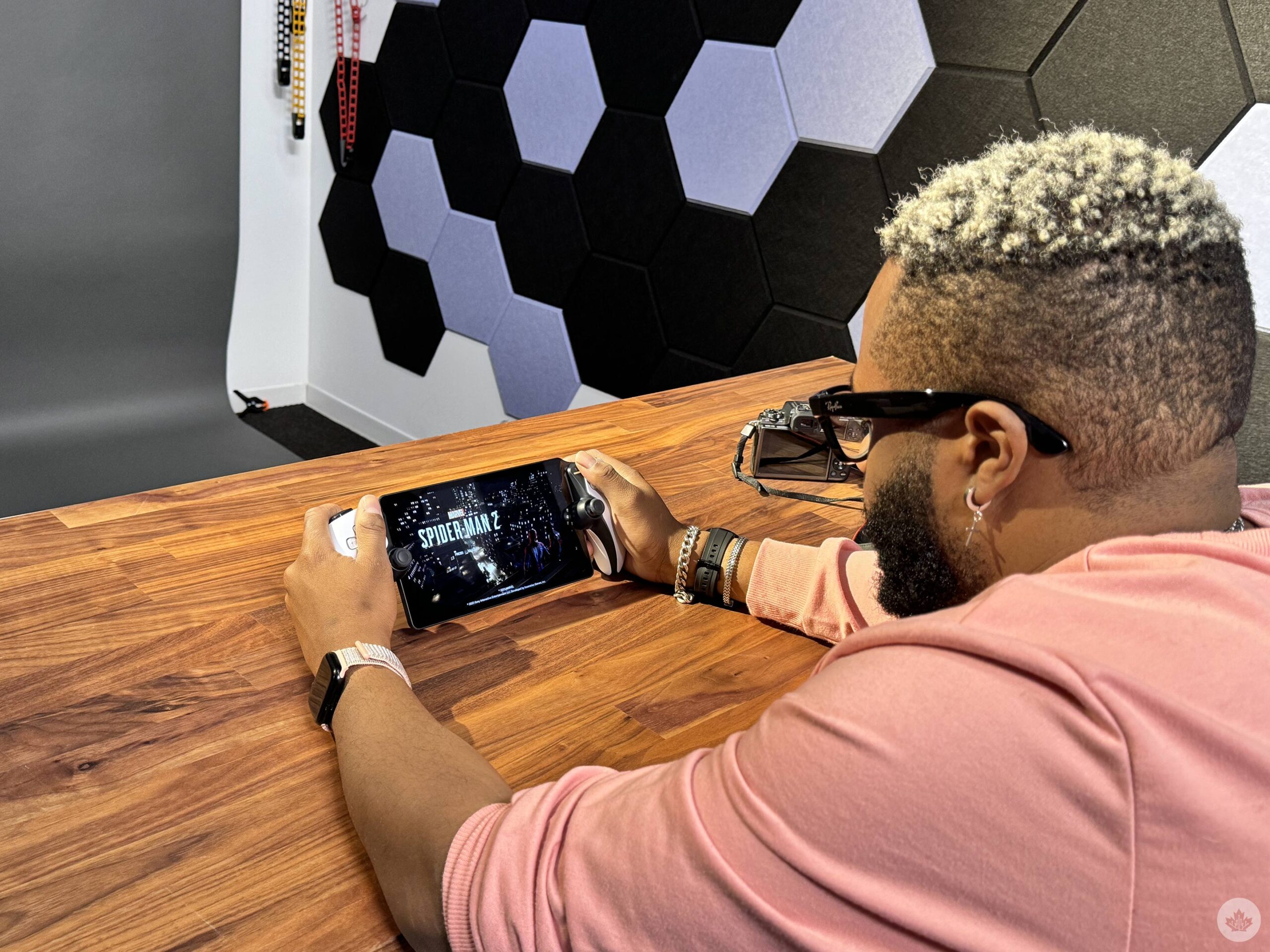
Overall, the PlayStation Portal is similar to a Backbone controller, which might make you wonder why you’d purchase the Portal over the far more affordable $140 accessory. With that in mind, the Portal offers more features over a gamepad like the Backbone. For those who don’t know, the Backbone is an attachable gamepad for your smartphone. The Backbone One isn’t the only accessory like this, but it is the most well-known.
The PlayStation Portal, meanwhile, is a solid piece of hardware, and I mean this in various ways. The Portal is an all-in-one device, so I don’t need to attach an accessory to my smartphone. I’m the type of person who would lose his head if it wasn’t attached to his body, so I’d probably also lose a Backbone, considering it’s more compact versus the larger Portal that’s more difficult to lose track of. Further, the Portal’s actual hardware is stellar. It features an astonishingly large 8-inch 60Hz touch-enabled LCD panel with a 1920 x 1080 pixel resolution. The huge display looks excellent and is far better for playing games than my iPhone 15 Pro Max or Galaxy S23 Ultra. Of course, if you’re using a Backbone with a tablet, you’ll have this bigger display experience.
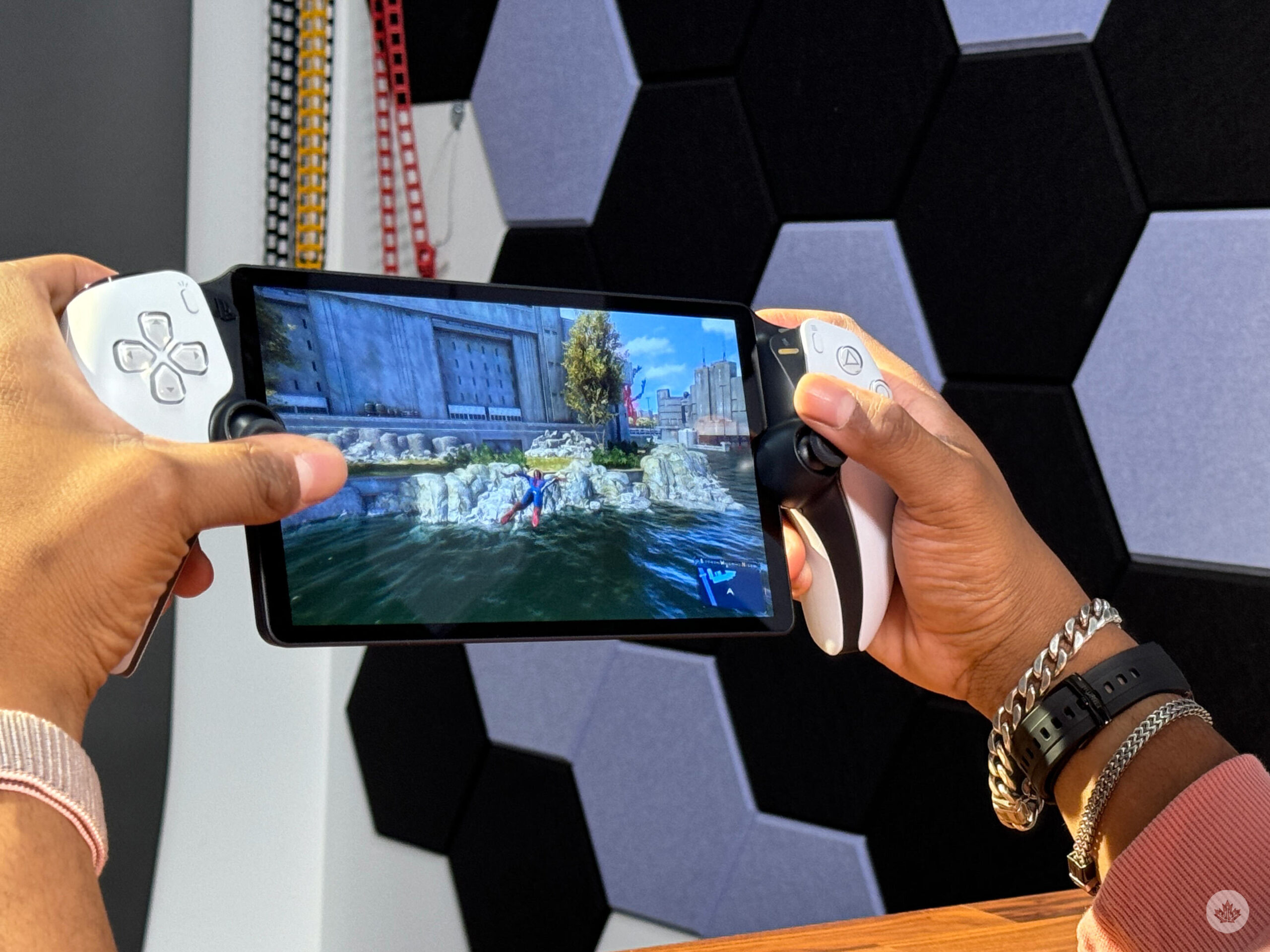 Another feature I like about the Portal is the DualSense wireless controller functionality. You’ll experience the haptic feedback, adaptive triggers, and vibrations that react to your in-game movements. So, just like the DualSense controller, you’ll get excellent haptic feedback when you’re swinging through Manhattan as Peter Parker or Miles Morales in Marvel’s Spider-Man 2. The controller feels great and is nice to hold. I would have preferred Sony to find a different solution for the touchpad other than touching the display. It’s not a horrible experience but it did take me a while to get used to it. The Portal is also not too heavy, but you won’t want to hold it over your face when you’re tired and lying in bed – you definitely might hurt yourself if you drop it.
Another feature I like about the Portal is the DualSense wireless controller functionality. You’ll experience the haptic feedback, adaptive triggers, and vibrations that react to your in-game movements. So, just like the DualSense controller, you’ll get excellent haptic feedback when you’re swinging through Manhattan as Peter Parker or Miles Morales in Marvel’s Spider-Man 2. The controller feels great and is nice to hold. I would have preferred Sony to find a different solution for the touchpad other than touching the display. It’s not a horrible experience but it did take me a while to get used to it. The Portal is also not too heavy, but you won’t want to hold it over your face when you’re tired and lying in bed – you definitely might hurt yourself if you drop it.
My favourite aspect of the Portal is that it can turn on your PS5 in ‘Rest Mode.’ I think the Portal makes a lot of sense because if I’m lying in bed, on the toilet, sitting on my couch, at work, at a coffee shop, on a long road trip where I’m not driving, or in another country, I can turn it on and, as long as it’s connected to my smartphone’s hotspot, it’ll boot up my PS5 at home. A Backbone can’t do this, and if you wanted to Remote Play from somewhere, you’d have to get your mom or roommate to turn on your console.
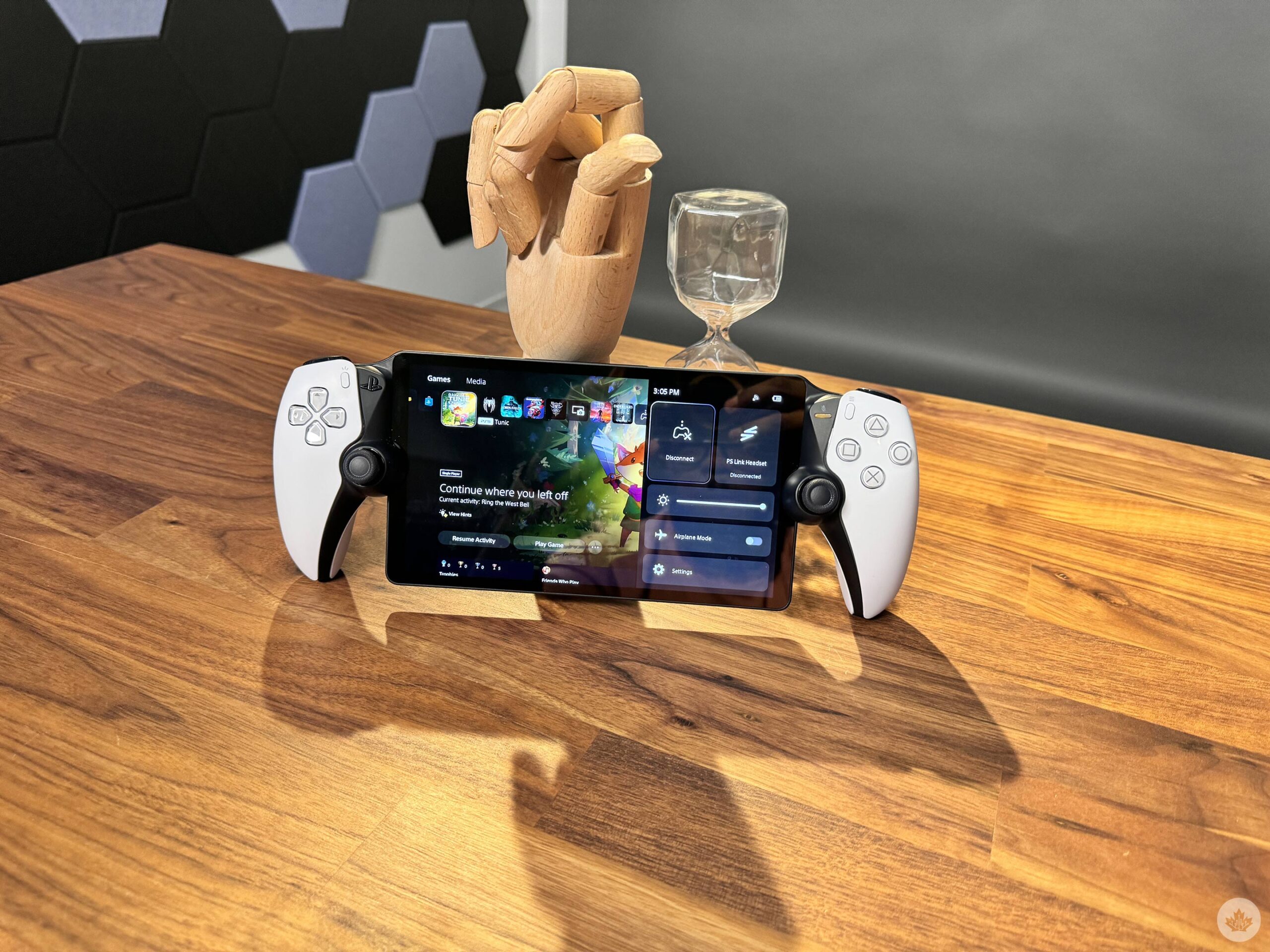
Oddly, my iPhone 15 Pro’s hotspot didn’t work with the Portal, but I tried using MobileSyrup editor-in-chief Patrick O’Rourke’s iPhone 15 Pro and the S23 Ultra I’ve been using for testing purposes, and it worked on both devices. So, it seems to be an issue with my 15 Pro Max, but it’s worth noting as other people might encounter this problem.
While the Portal’s hardware is great, the device has a few noteworthy issues. First, what the heck, Sony – where’s the Bluetooth? Instead of Bluetooth, the Portal only works wirelessly with the Pulse Elite headset or Pulse Explore Buds, just like Sony’s PS5. This is a big headache on Sony’s part. Instead, I’ve been using wired earbuds with the PS Portal because the device’s speakers aren’t that good. They sound pretty hollow, which is fine for certain games, but if you’re playing Overwatch 2 and want to hear footsteps behind you, you’ll want to opt for wired earbuds or wait to purchase one of Sony’s new headsets.
“The PlayStation Portal isn’t for everyone, and it’s quite expensive for what it is.”
Outside of Overwatch 2, I also played Marvel’s Spider-Man 2, Tunic and Lords of the Fallen on the PS Portal. Games moved fluidly when I had a solid internet connection and didn’t experience any lag. Solid connections included when I hotspotted off my Galaxy S23 Ultra or used my work’s Wi-Fi. Even with a 1080p resolution, Spider-Man 2 offered an experience similar to when I played directly on my PS5; swinging around, beating thugs and more felt and looked great. Playing Lords of the Fallen was weird at first because the game itself features odd animation and staggered occasionally; however, that’s no fault of the Portal and is similar to when I play on the PS5.
It took some getting used to just because I was playing on the smaller display, but after a while, I was slaying bosses on the Portal with no issue. In fact, since I started playing Lords of the Fallen on the Portal, I haven’t switched back to playing it on my console. It’s one of those games I like to mindlessly play while watching TV because I’m not that invested in the story, so it’s perfect to play on the couch while watching something. I noted that button presses were slow when I had a weaker connection and didn’t match the game exactly. However, for the most part, button presses are immediate, similar to if I were using a DualSense with my PS5.
It’s worth noting Remote Play takes a few seconds to connect, so I tend to turn on the Portal and run upstairs to use the restroom quickly, and when I’m back down, the Portal is ready for gaming.
The PS Portal isn’t for everyone, and it’s quite expensive for what it is. If you already have a Backbone or a similar gamepad, I wouldn’t recommend purchasing PlayStation’s new handheld. However, you might enjoy the Portal if you don’t mind spending $269 on a device that can turn on your PlayStation from anywhere as long as both devices are connected to the internet.
From the adaptive triggers and haptic feedback to the surprisingly nice and big 8-inch display, I liked the Portal and wish it was more than just a Remote Play handheld. However, I don’t mind streaming because I have 150GB of 5G data for my smartphone and unlimited 1Gbps fibre when I’m home.
But come on, Sony, allow Bluetooth!
Sony’s PlayStation Portal costs $269.99.
MobileSyrup utilizes affiliate partnerships. These partnerships do not influence our editorial content, though we may earn a commission on purchases made via these links, helping fund the journalism provided free on our website.
MobileSyrup may earn a commission from purchases made via our links, which helps fund the journalism we provide free on our website. These links do not influence our editorial content. Support us here.

